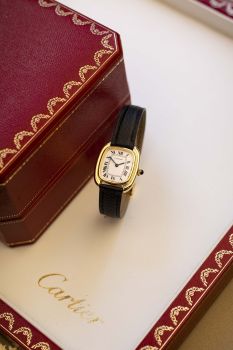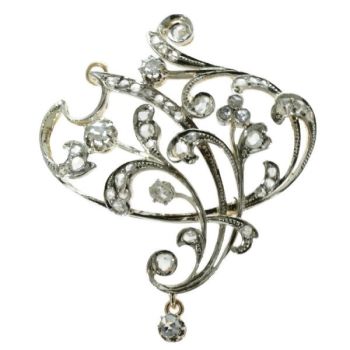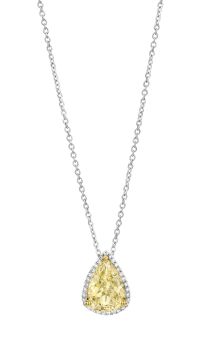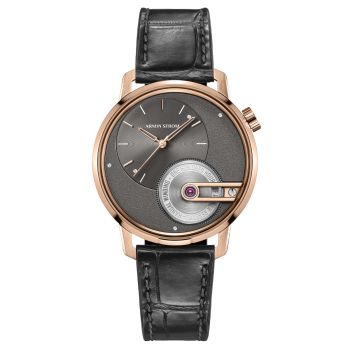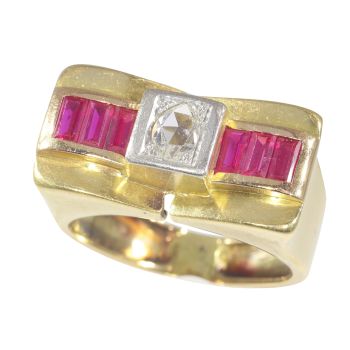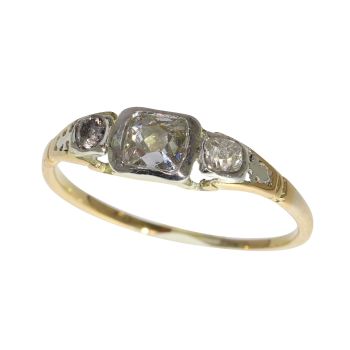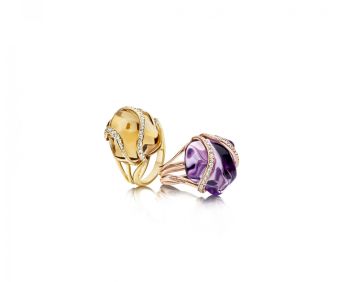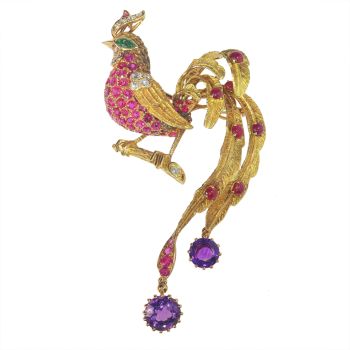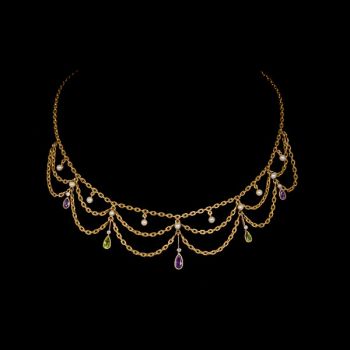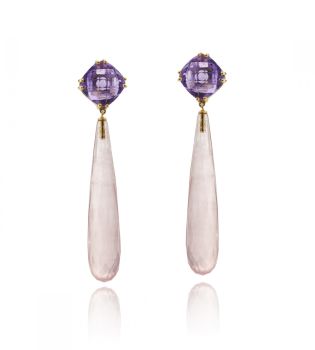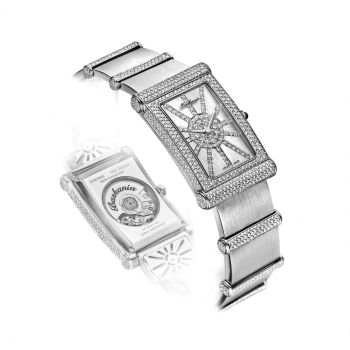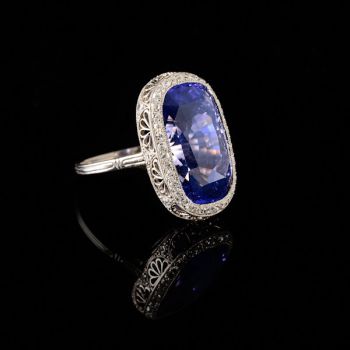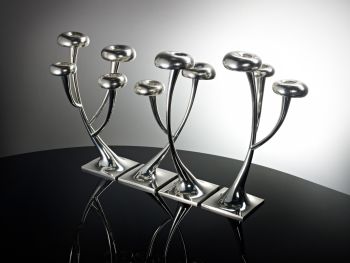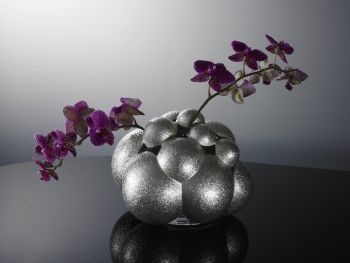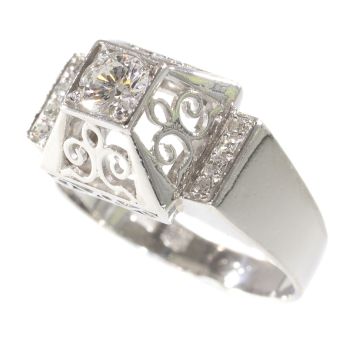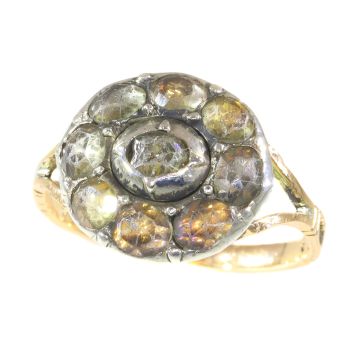Important things to know before buying jewellery or jewels
Jewellery and jewles are one of the most precious, sentimental and widespread items that we can buy, receive or give. Not only is it highly personal, but jewellery may also be treasured for its uniqueness, value and sometime its rarity. In this article we present you some general terminology and information that can greatly benefit you on your future jewellery endeavors or when you are planning to buy jewellery.
Is it jewel, jewelry or jewellery?
To be short jewelry and jewellery are teh same. These odd variations in spelling can cause much confusion, but it simply comes down to differences between British English and American English. The British standard spelling adds '-lery' to jewel: jewellery, whereas the American spelling adds '-ry' to jewel, becoming jewelry. To make matters more confusing, in Canada and Australia they alternate between both spellings. In this article we will use the word jewellery.
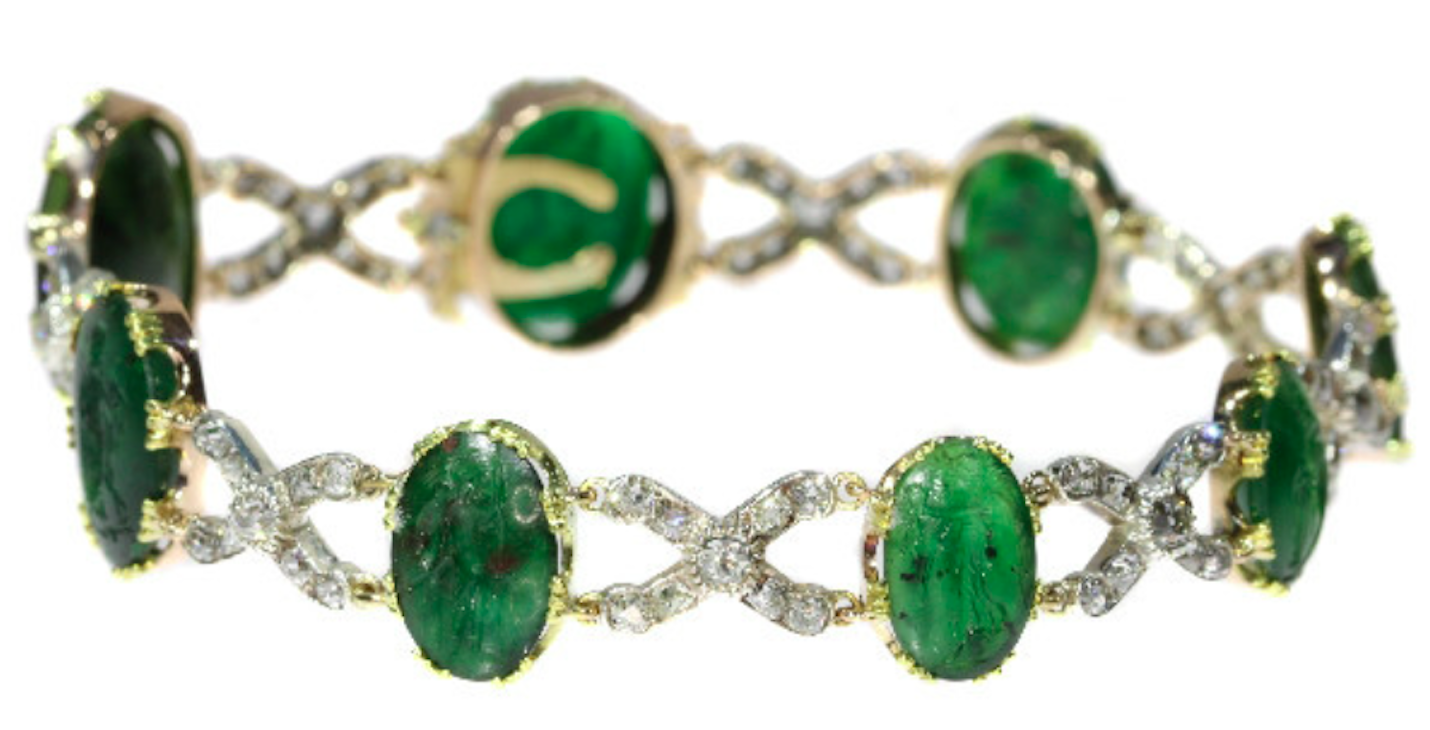 Before buying jewellery or jewels; an 18th century diamond and old roman intaglio's, 1970
Before buying jewellery or jewels; an 18th century diamond and old roman intaglio's, 1970
A piece of jewellery can be made of all kinds of materials, for example from base metals, plastic or wood. A jewel, on the other hand, is always made of precious metal: gold, platinum, silver or a combination of these. Jewels can also be set with one or more gemstones.
More about the gemstones and precious metals
A gemstone is the name given to a piece of mineral crystal that is formed deep in the mantle of the earth. Certain rocks (such as lapis lazuli and opal) and occasionally organic materials that are not mineral crystals (such as amber, jet, and pearl) are also used for jewelry and are therefore often considered to be gemstones as well.
In the western world there is a distinction between precious and semi-precious gemstones. The precious stones are emerald, ruby, sapphire and diamond, with all other gemstones being semi-precious. Three important traits can categorize a gemstone: beauty, rarity and durability.
The four precious metals used most often uses in jewelry are gold, platinum and silver and sometimes palladium. This metals share the qualities of allure, workability durability and rarity. Precious metals are rare, naturally occurring metallic chemical elements of high economic value. Chemically, the precious metals tend to be less reactive than most elements.
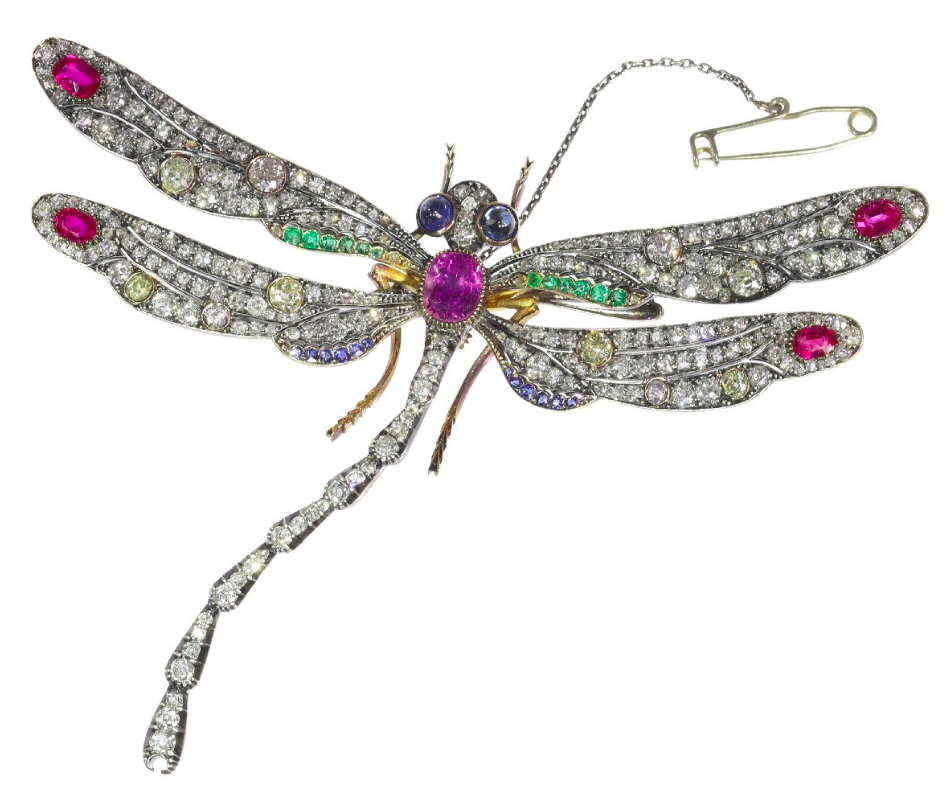 Before buying jewellery or jewels; Art Nouveau dragonfly brooch with diamonds, emerals, sapphire and rubies
Before buying jewellery or jewels; Art Nouveau dragonfly brooch with diamonds, emerals, sapphire and rubies
When do you use carat or karat with jewellery?
There is a difference between carat and karat, and not just in the spelling. A carat refers to a unit of weight, and is used to characterise the mass of diamonds and other precious gemstones. One carat is equivalent to 200 milligrams.
For example: a four-carat diamond weighs 800 milligrams, or 0.8 grams.
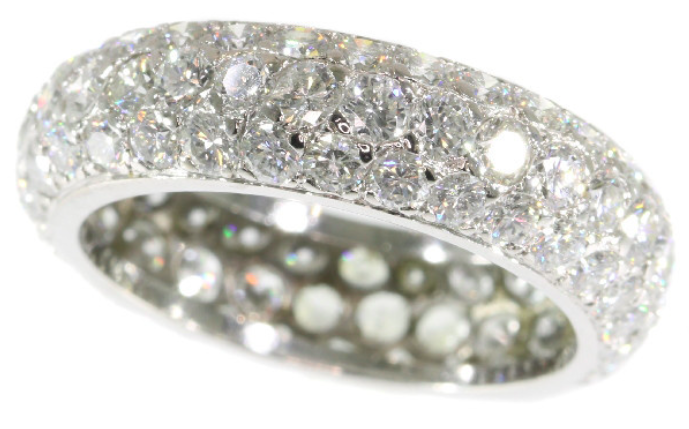
Before buying jewellery or jewels; ring with 90 brilliant cut diamonds
Whereas a karat measures the purity of gold, with 24-karat gold being pure-gold which is often seen in coins. Since gold is a soft metal, it is common to add other metals, or alloys, to strengthen the material.
Example: 8-karat gold is 8/24th pure gold, or 33.30%.
Common purities:
- 24 karat = 99.90% (Pure-Gold Coins)
- 22 karat = 91.60%
- 20 karat = 83.30%
- 18 karat = 75.00%
- 15 karat = 62.50%
- 14 karat = 58.50%
- 10 karat = 41.70%
- 9 karat = 37.50%
- 8 karat = 33.30%
In order to differentiate these common terms, you may need to specify to your jeweller what you are looking for exactly. These terms are sometimes used interchangeably so it is easy to get confused.
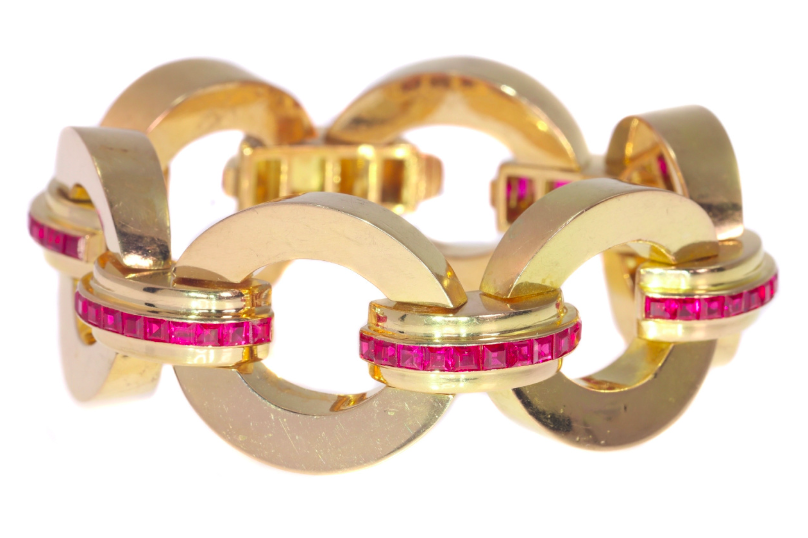 Before buying jewellery or jewels; strong design retro forties golden bracelet with rubies
Before buying jewellery or jewels; strong design retro forties golden bracelet with rubies
What are the different kinds of gold for jewellery?
There are common alloys used in jewellery which make up yellow gold, white gold and rose gold. The combination of alloys provides gold jewellery with the durability and strength required to sustain as a decorative object, and allows for the jeweller or maker to manipulate the material.
Gold fineness or purity is the ratio, by weight of gold, to any base metals (alloys) included in the mixture. Here are some examples of gold-types in jewelry using 18-karat gold (75% pure) as an example.
Yellow gold = 75% purity with a mixture of 5% copper and 20% fine silver.
White gold = 75% purity with a mixture of 25% palladium or platinum
Rose gold = 75% purity with a mixture of 20% copper and 5% fine silver.
Of course, these combinations vary depending on the ratios.

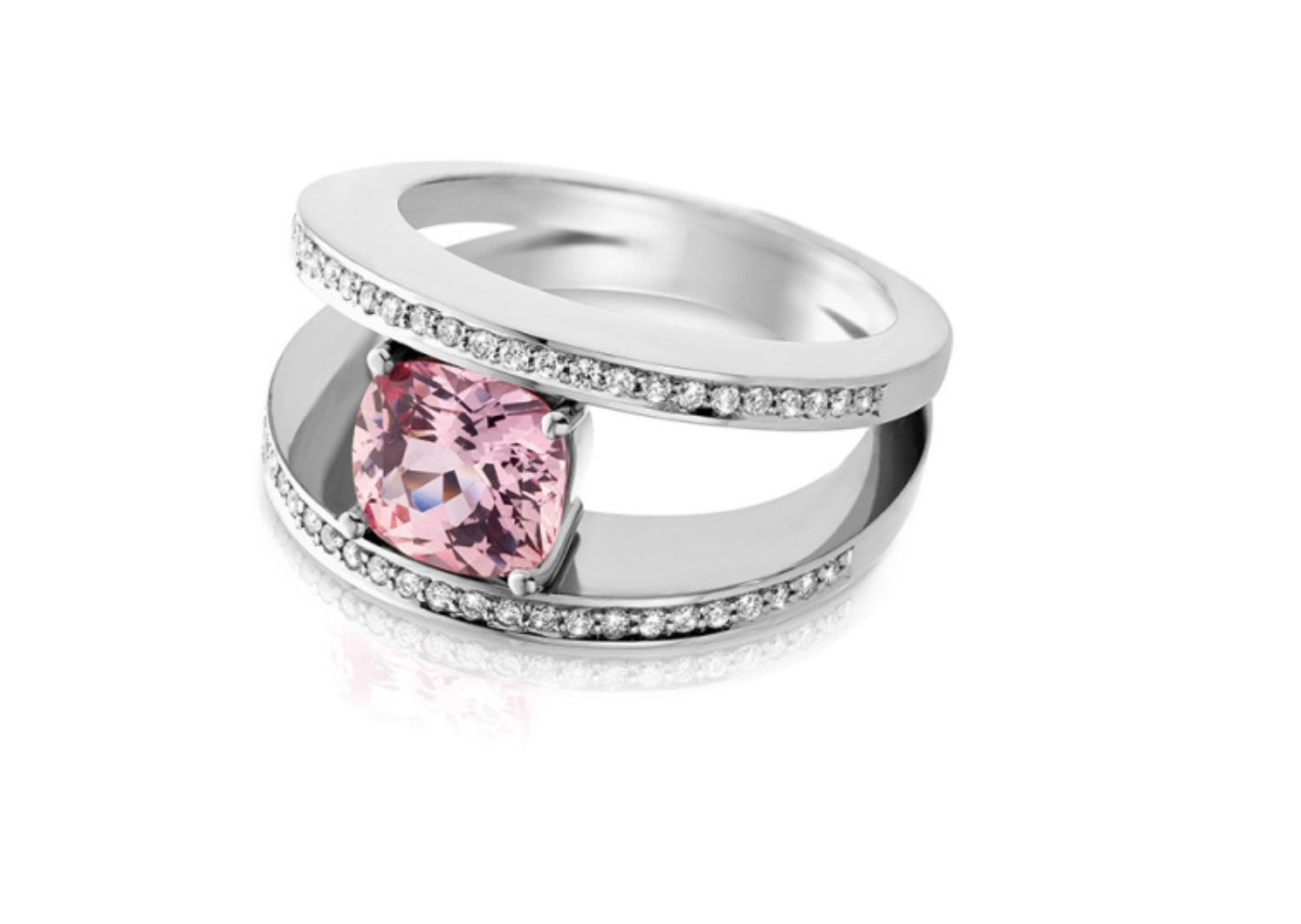
Before buying jewellery or jewels; top: 18k yellow and white gold ring, below: a solid 18k white gold ring
More about diamonds in jewellery
When considering diamonds, it is important to note what is commonly referred to as the four C’s: Carat - Colour - Clarity and Cut. These components are important to know, for they summarize the quality of the ring, and help to determine the price.
Carat: See above. Refers to the unit of weight. One carat = 0.2 grams.
Colour: Diamonds come in many colours, while the most sought-after being ‘colourless’ or ‘white.’
Clarity: The clarity of a diamond is determined by the amount of inclusions or ‘blemishes’ that it has. A loupe (magnification device) assists in checking for clarity, so it is useful to have one when inspecting gemstones. If a diamond is free of inclusions, it is known as a flawless diamond. Understandably, diamonds with a higher clarity grade are more valuable.
Cut: The more ‘brilliant’ the cut, the more sparkly the diamond. When a diamond is well cut, it allows the light to reflect off the facets of the diamond.
Remember that the cut of a diamond is different from its shape, see below for details. 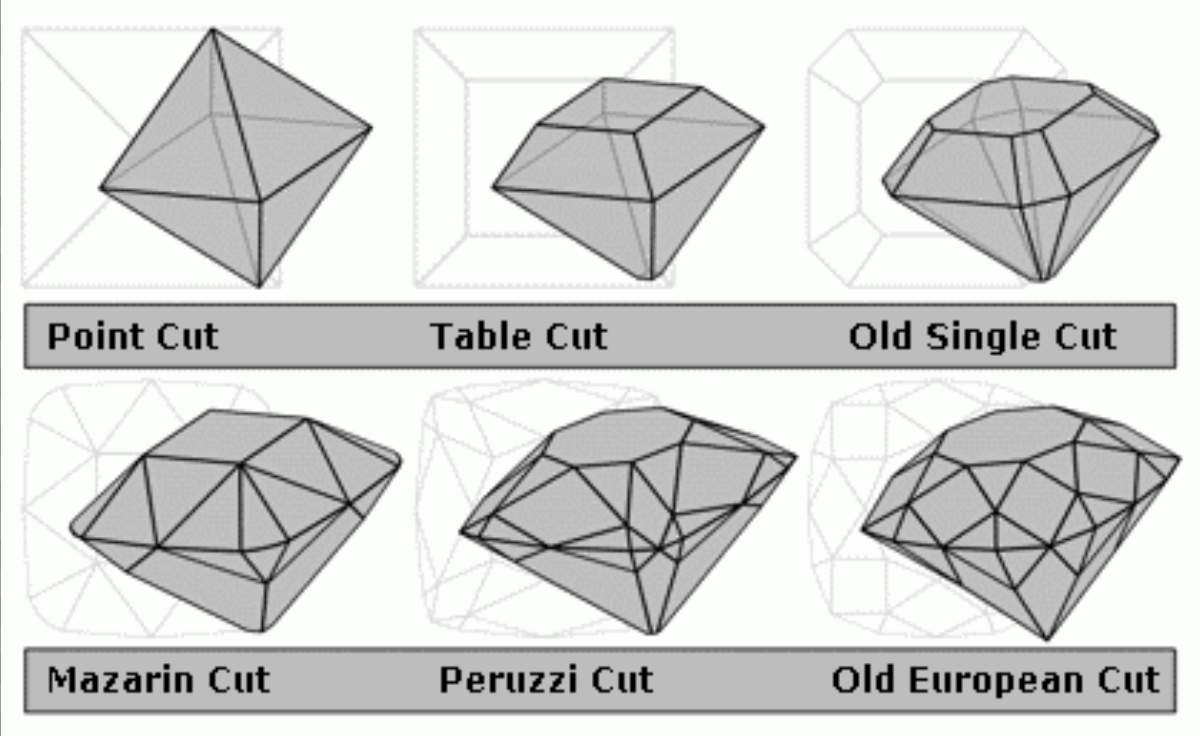
Before buying jewellery or jewels, common cuts of diamonds
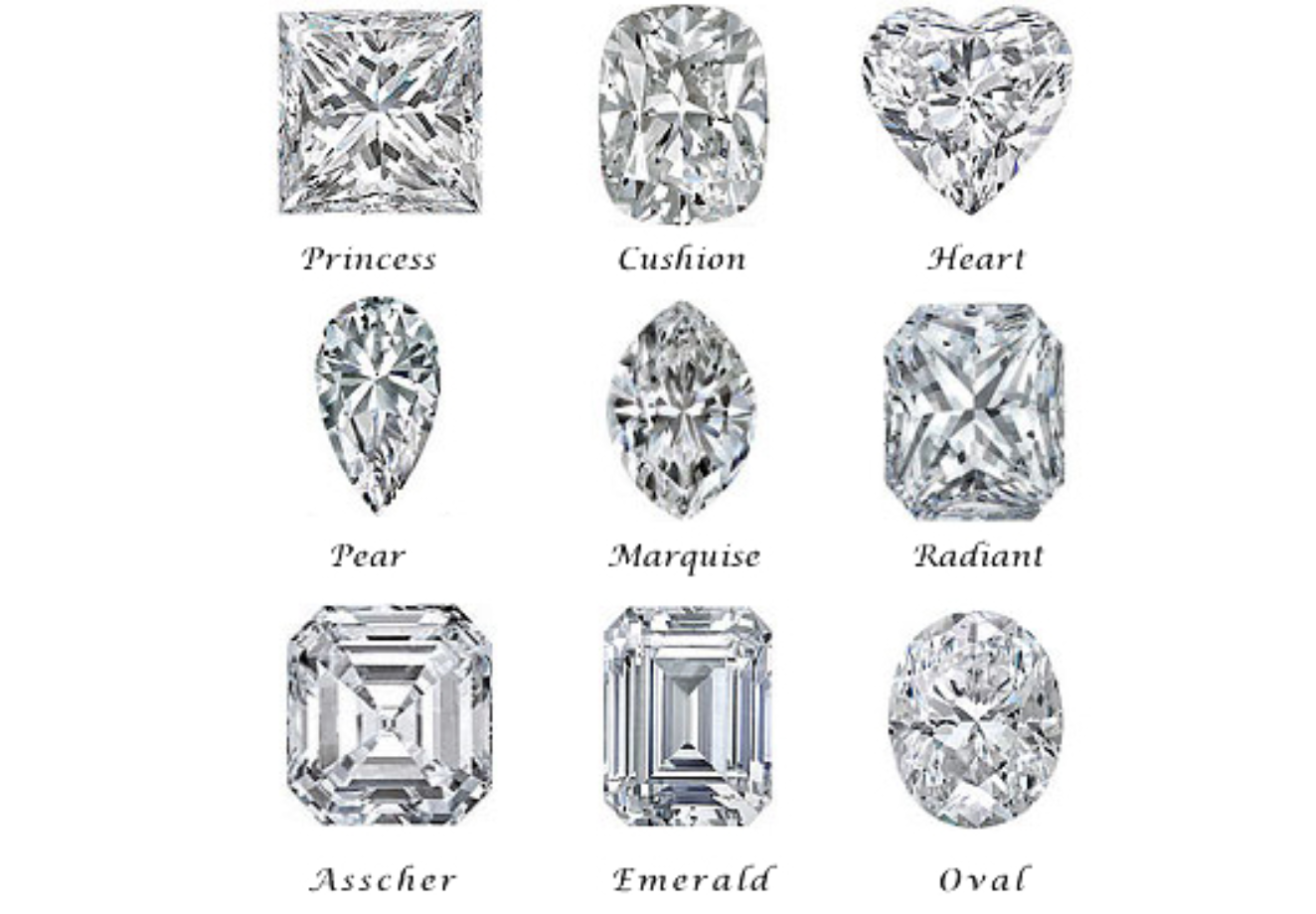
Before buying jewellery or jewels, 'Fancy' Shapes of diamonds
Hopefully by now you have gathered some of the more technical and 'need to know' aspects of jewellery to provide you with the clarity you deserve.
Categories of jewellery
If we think of jewellery we can basically distinguish five types or jewellery: rings, earrings, bracelets, necklaces (or pendants), brooches and cufflinks.
 Before buying jewellery or jewels, late Victorian cufflinks 18k gold diamond and opals, 1900
Before buying jewellery or jewels, late Victorian cufflinks 18k gold diamond and opals, 1900
Where to buy jewellery?
At Gallerease we offer a large collection of high-end, curated jewellery from the best galeries. Here you can easily search on category, material, style and period. Please have a look here at Gallerease for more available jewellery for sale.



